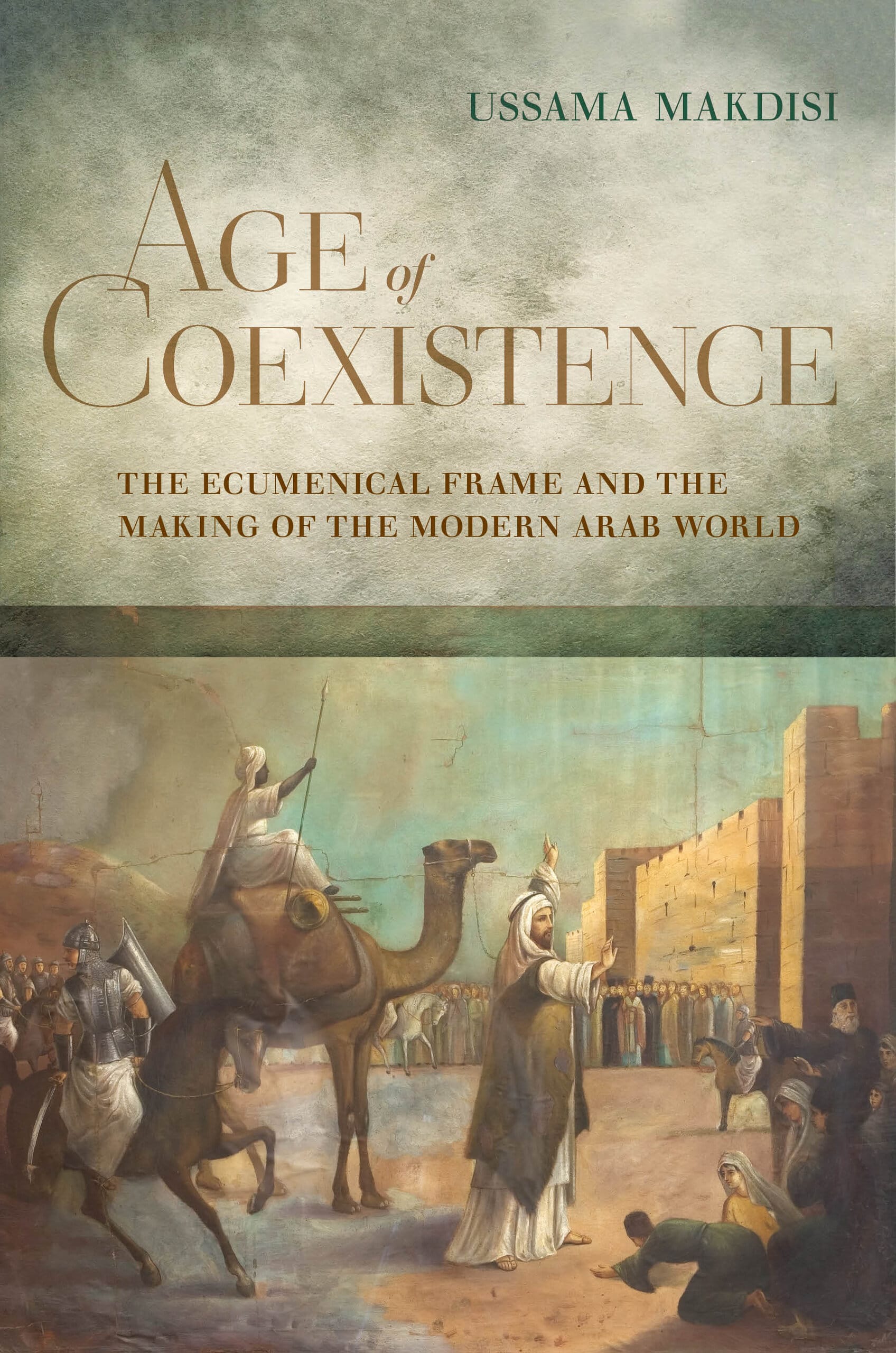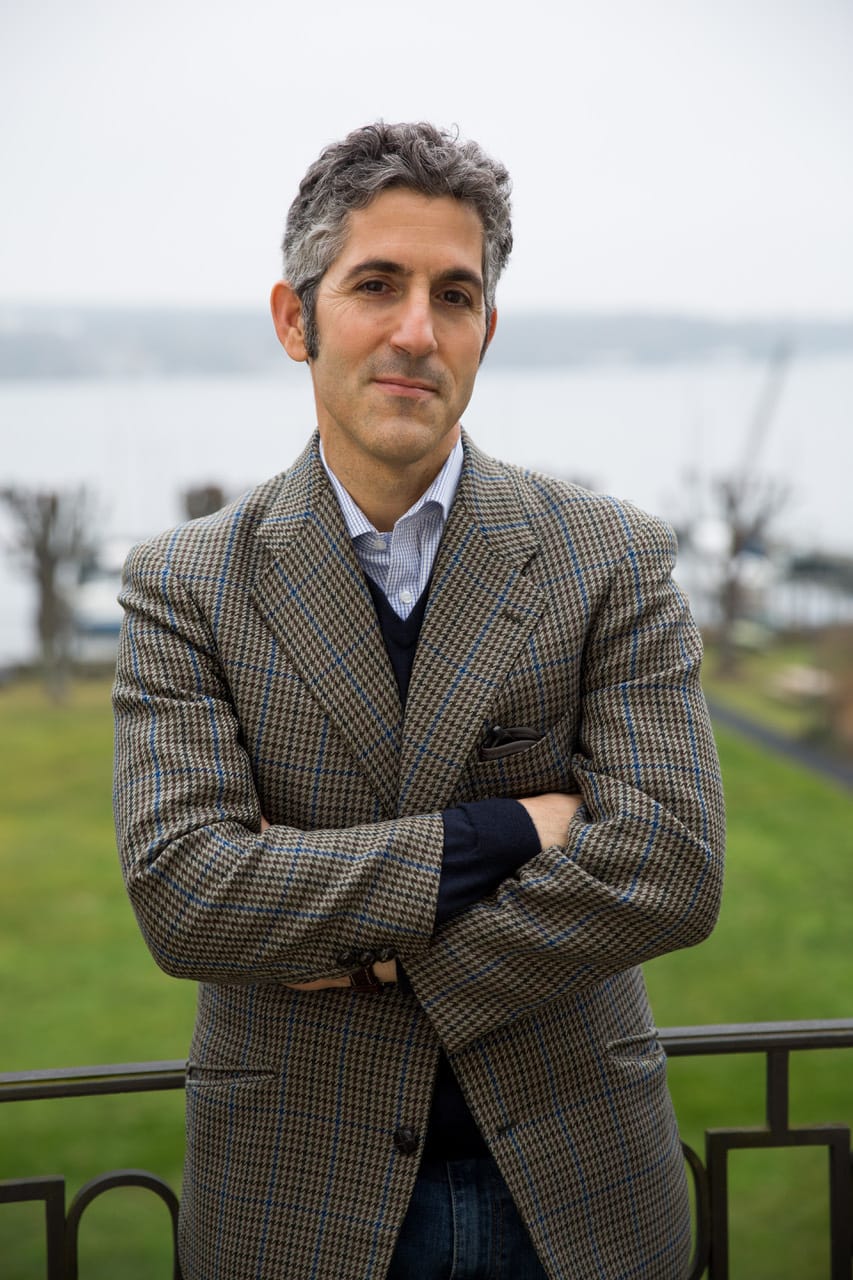Coexistence, Sectarianism and Racism — An Interview with Ussama Makdisi
Alex Lubin interviews Ussama Makdisi about his work on sectarianism and coexistence in the Middle East, the subject of his most recent book. Makdisi also addresses the role of race and colonialism and explains the importance of seeing these ideological formations in historical and geopolitical conte












